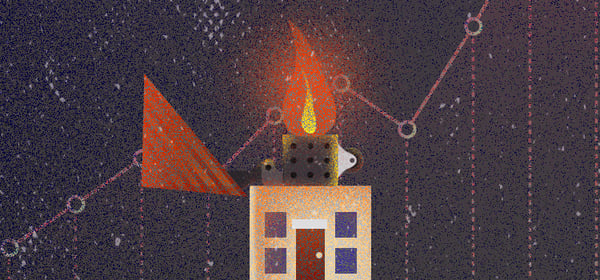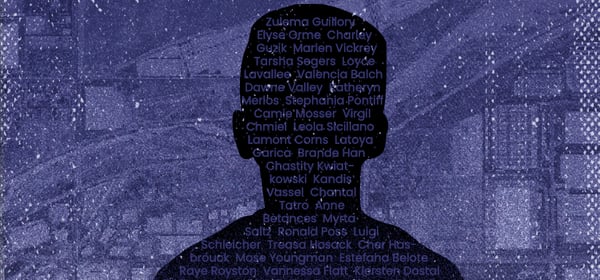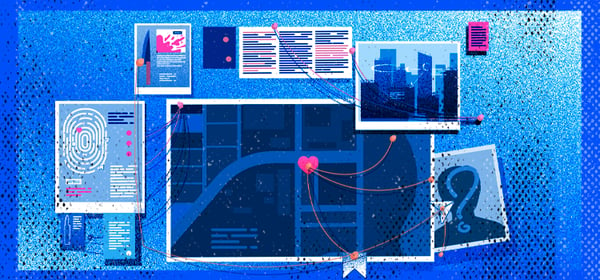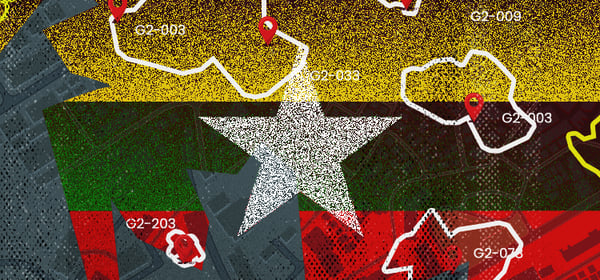
Aug 10, 2021
Deep Fakes Artificial intelligence (AI) and machine learning promise to evolve humanity to greater futuristic heights. The most pressing developments are in the areas of automation; AI-generated synthetic media, including audio or video, can bring unprecedented opportunities in the areas of art,…
Continue Reading







